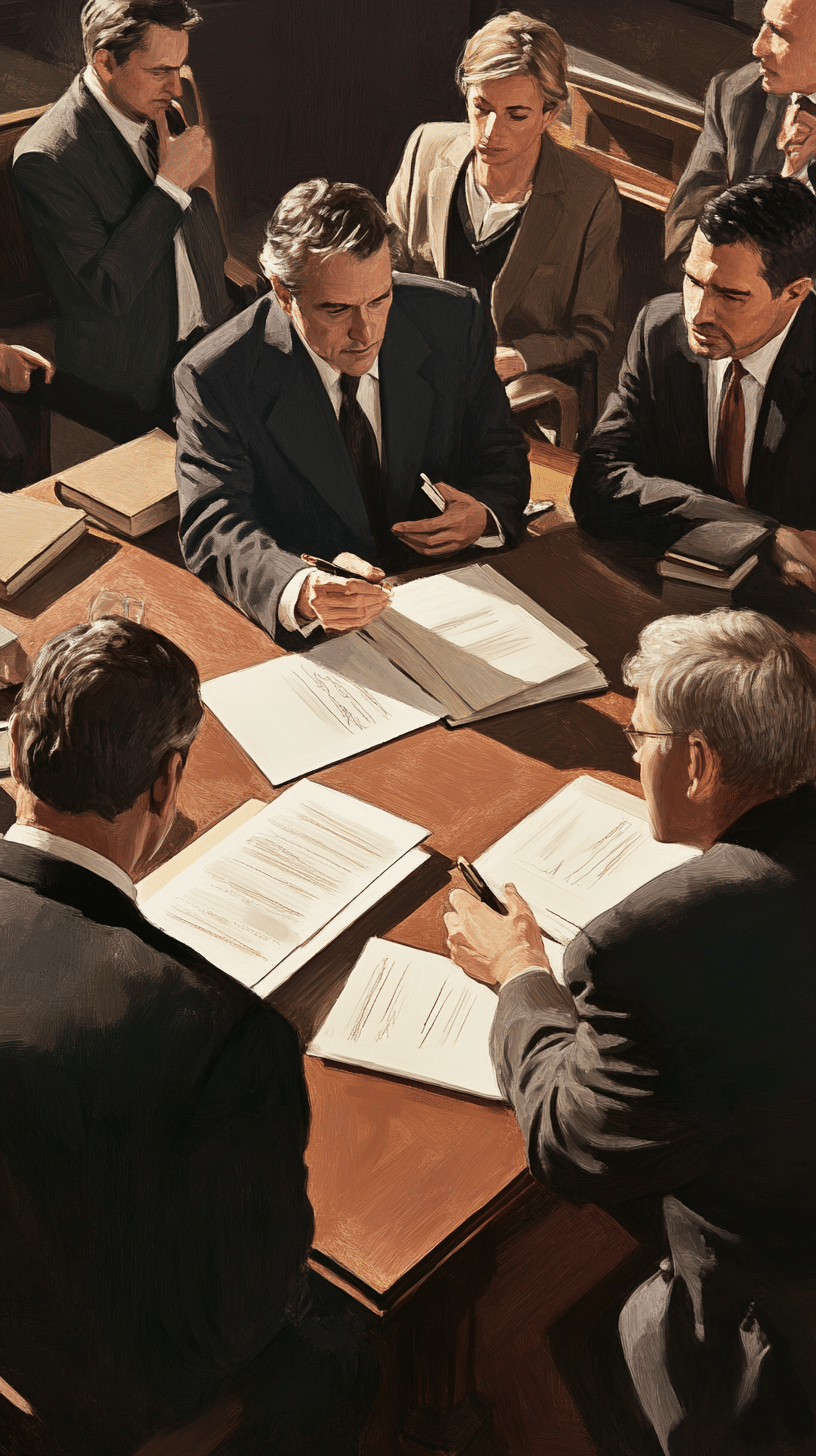A & S Med. Supply, Inc. v MVAIC Ins. Co., 2019 NY Slip Op 29019 (App. Term 2d Dept. 2019)
I like the title.
(1) ” The Civil Court held that the documents were not admissible because the NYLB witness was unable to establish that the documents were admissible as business records pursuant to CPLR 4518. Although the court stated that the witness was credible, the court held that the issue to be resolved “was whether or not there was an insurance policy or coverage at the time of the accident” and that MVAIC had failed to sustain its burden. “
(2) ” The record establishes that NYLB seized records of LIIC after an order of liquidation of LIIC had been entered by the Supreme Court. Moreover, claims examiners employed by NYLB utilize the records to administer outstanding no-fault claims which have been submitted to LIIC. As NYLB incorporates and relies upon the records of LIIC, the records are admissible (see People v DiSalvo, 284 AD2d 547 [2001]; Plymouth Rock Fuel Corp. v Leucadia, Inc., 117 AD2d 727 [1986]; cf. West Val. Fire. Dist. No. 1 v Village of Springville, 294 AD2d 949 [2002]). “
What is funny, ironic or otherwise intriguing is that had Dan Medical continued to live on, we saw billing companies being able to lay the appropriate foundation for the records of their corporate clients. In another land not too far away, this incorporation doctrine plays out all the time in foreclosure actions. The servicer has access to the records of the bank and makes certain statements. There was also an awful case from the Appellate Term, First Department in the debt collection paradigm that takes this one step further. How can Midland funding lay a foundation for Capital One’s records? The relationship is that Midland purchased the debt at an auction. Anyway, intriguing nonetheless.












